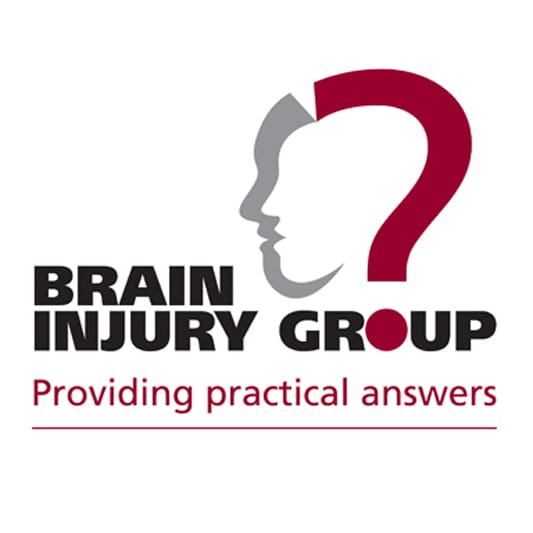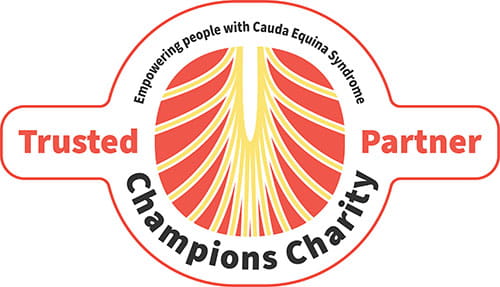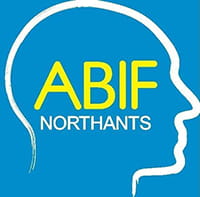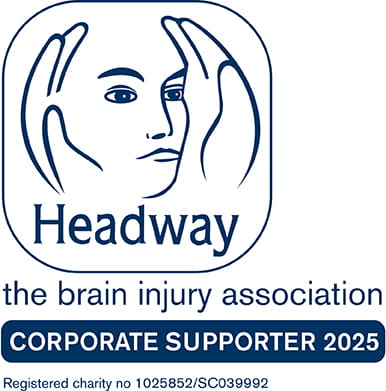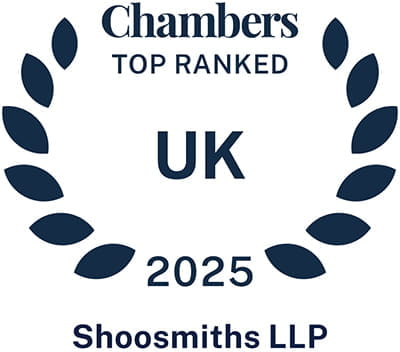This article follows on from our TBI recent features by Shoosmiths: Brain injury: Symptoms, signs and the mechanism of injury in road traffic accidents and Chris McKinney: Traumatically induced brain injuries resulting from road traffic accidents.
The immediate requirement will be to stabilise the patient by treating the immediate symptoms and establishing an accurate diagnosis to establish the extent of damage caused. After immediate treatment and stabilisation, the following diagnostic testing will take place to ascertain the injury to the head:
- Position emission tomography (PET)
- Magnetic Resonance Imaging (MRI)
- Electroencephalograms (EEG)
- Glasgow Coma Scale (GCS) – establishes level of consciousness post accident
Whilst these tests will identify a medical emergency, they're limited in establishing the severity of brain injury and future prognosis.
Treatment will be dependent on the severity of injury caused. Minor head injuries may require monitoring the hospitalised patient for short periods, and providing medication to reduce swelling and pain, and to reduce the risk of seizures.
Moderate to severe head injuries, such as open head traumas, penetrating, crushing or fracture wounds to the skull may, require immediate surgery. Post-operatively, and following stabilisation, more diagnostic tests take place to determine the extent of cognitive functional damage.
Neuropsychological testing is usually undertaken by a neurologist or neuropsychologist specialising in cognitive motor testing. This helps identify brain abnormalities. These tests are lengthy and may need to be repeated several times to eliminate outside factors such as depression, distraction or fatigue before providing an accurate result.
Severe head injuries require lengthy periods of hospitalisation and rehabilitation. Unfortunately, return to the pre-accident status is rarely attained.
The most common brain injury is concussion, which happens when the brain is shaken violently or rattled within the skull, causing changes in cognitive functioning.
Diagnosis for concussion is usually determined by physicians using objective and subjective findings. Diagnostic testing doesn't detect changes in cognitive function. A patient suffering concussion will usually have lost consciousness for a short period or appear dazed and disorientated. They're likely to suffer headache, vertigo, disorientation and nausea. If symptoms continue they're likely to experience light headedness, poor attention span, reduced concentration, memory dysfunction, difficulties with vocabulary or simple mathematical equations, fatigue, slow reaction time and changes in personality.
Concussion may result in irreversible brain damage, so physicians usually focus attention on minimising further damage to the delicate brain cells during the recovery period. During this period changes in cerebral blood flow, blood pressure or pressure within the brain can all contribute to brain damage following a concussive injury, so it's important to minimise changes in these areas.
Concussive injuries usually require minimum hospitalisation. After stabilisation and once the physician is satisfied that all the risk factors are within normal limits, the patient is sent home to recover. Advice is usually given to relatives to reawaken the patient regularly to confirm a conscious state.
Once home, treatment offered may vary. Shoosmiths can help by arranging rehabilitation under the Rehabilitation Code.
Early post-hospitalisation treatment may be essential in assisting the patient's chances of improving cognitive function and, in more severe head injuries, physical ability. Speech therapy, cognitive behavioural therapy and physiotherapy may be some of the treatments required.
We can also approach the opponent's insurers to seek agreement for a case manager to be appointed under the Rehabilitation Code, who will assess the patient, liaise with treating physicians, and coordinate treatment on a private basis.
A case manager may also liaise with family members to help them to assist in the patient's rehabilitation. For more severe injuries, treatment in a specialist rehabilitation unit maybe required, and a case manager could assess the requirement for this and make the necessary arrangements.
For more information regarding brain injury claims, visit our page.
Disclaimer
This information is for educational purposes only and does not constitute legal advice. It is recommended that specific professional advice is sought before acting on any of the information given. © Shoosmiths LLP 2025



